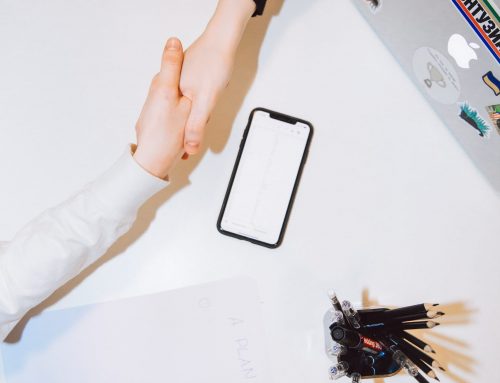You are the designer
[read_meter]
Everyone designs.
Design occurs anytime you deliberately change an environment to make things better.
When you decide what seat to take in an auditorium you’re designing your experience. When you rearrange the furniture in a room or draft an email, you’re designing. When you set the table or organize a meetup, you design the experience of others.
Intent and resources blend into an outcome meant to solve a problem.
But what happens when we don’t design?
People still get an experience and that shapes their perception of you or the organization that you represent. So I ask: can you afford not to design?
Experiences happen, whether you plan them or not
You are the designer of your company, brand and environment.
Your vision attracts valuable employees, key partners and loyal customers. The mission derived from it dictates the next steps and the resources needed to reach your goals.
The idea that you have in mind, that’s your precious baby. It gives you so much energy, hope and you feel powerfull. But it will also take a lot to grow. You will have to share that power.
With other designers.
Focus on the client
“People ignore design that ignores people.”
—Frank Chimero
Great user experiences create happy, loyal customers.
They love spending time and money with companies who have invested in their experience.
Whether it’s your product, the website, or even the customer service – a business rises or falls on the experience your customers have.
But where do you start in creating a great experience?
A CFO makes a pricing decision and changes the product experience. An engineer makes a performance trade-off. A salesperson writes a script for talking to customers. In my view, people who fundamentally change the customer’s experience are designers.
When you accept the reality that design decisions are coming from outside your group, by people without “design” in their job titles, you approach your employees differently . Now they’re not just your employees — they’re your design team.
Does everyone need all the skills of a designer? Of course not. But each person should be armed with the tools to understand how their decisions affect the customer experience.
Having more people who do design is additive, not competitive. These designers make your team and your product stronger, because they’re contributing from their unique perspectives.
“Most people make the mistake of thinking design is what it looks like. People think it’s this veneer — that the designers are handed this box and told, ‘Make it look good!’ That’s not what we think design is. It’s not just what it looks like and feels like. Design is how it works.”
Steve Jobs
Experience, interface, interaction, arent’t they the same?
People not involved in the design industry don’t understand the difference between user experience and user interface (or is it user interaction?) .
If you asked a random stranger on the street what UI or UX means, they wouldn’t have a clue, and I doubt they would they even care.
If you asked a client or a stakeholder, or even a fellow designer, what UI or UX means, you might not get a consistent answer. Your employees don’t need to know that they’re designers. They only need to know that they have an impact on the design. They also need to know how they impact the design.
“Everyone is a designer. That doesn’t mean everyone is a good designer.”
What any user experiences while engaging with your product contains a full range of emotions, motivations, desires, thoughts, and actions. In order to create a data-backed and user-centered experience it’s necessary to do thorough research into potential and current users of your product. The purpose of which is to identify and anticipate their needs, assumptions, and objectives by testing and observing various experiences in order to create validated and optimal visual solutions.
Design seeks to explore, create, and execute ideas. The purpose of thorough user design is to analyze and conceptualize potential solutions that help develop understanding and engagement, and discover and evolve executed solutions that will improve understanding and engagement. The goal of user-centered design seeks to fully capitalize on visual impact and innovation by applying research insights into performant solutions.
Minimize confusion. Maximize interaction.
If we take design in its most basic form to mean “decide on the look and functioning of something with a specific purpose or objective in mind”, then everyone is a designer.
We all manipulate our environments to serve our needs. We design our meals, our wardrobes, and how we want to be perceived. We design our schedules and our routes to work; our lives and careers. Everything we deliberately plan or arrange can be said to have been designed. Everyone is a designer in that sense.
Co-designers
Involving more stakeholders from a wide range of backgrounds can be highly beneficial to the design process, especially in the earlier design stages of divergent thinking.
But not all of those involved are design professionals. Participation in the process doesn’t qualify you as an expert, just as preparing your lunch doesn’t make you a professional chef, or changing a tire doesn’t make you a mechanic. Experts have developed years of experience to call upon when making decisions, and we trust them to make decisions or perform actions we don’t have the skills to do ourselves. So everyone is not a professional designer.
A marketing manager may have very useful insights about branding and positioning goals, which help steer the early stages of a project. Yet that same level of feedback wouldn’t be helpful in the minutiae near the end of a big UX job.
I strongly believe that if you want to please everyone, you end up pleasing nobody – not even yourself.
Everyone is a design participant, but you’re the expert on your business.
And I am, when it comes to design.


